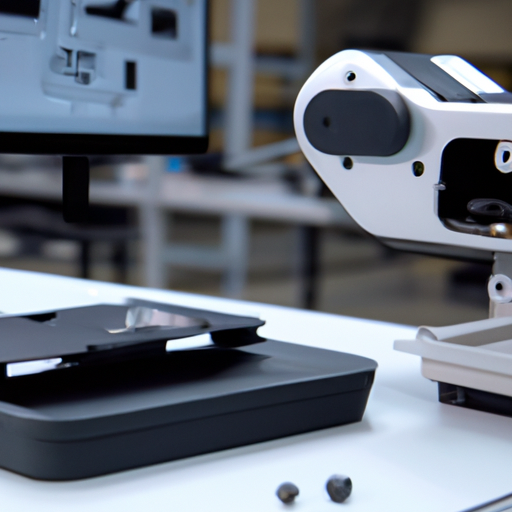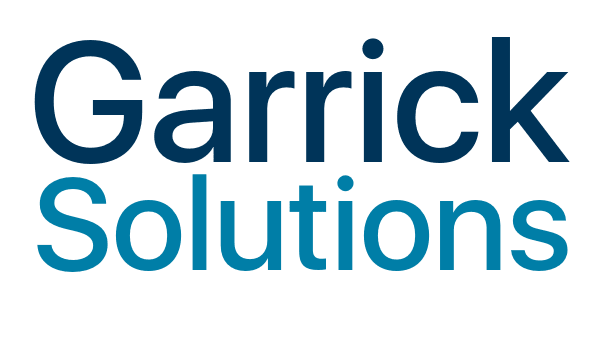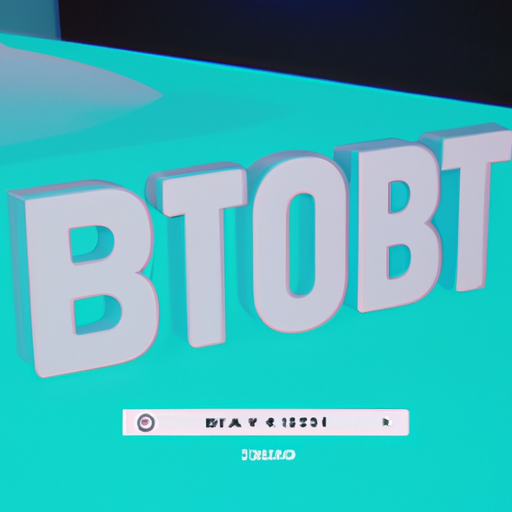Introduction to AI and RPA: A Beginner’s Guide
Artificial Intelligence (AI) and Robotic Process Automation (RPA) are two cutting-edge technologies that have gained significant attention in recent years. They have the potential to revolutionize various industries and streamline business processes. If you’re a beginner looking to get started with AI and RPA, this article will provide you with a comprehensive guide on how to dive into these exciting fields.
To begin with, let’s understand what AI and RPA actually are. AI refers to the simulation of human intelligence in machines that are programmed to think and learn like humans. It encompasses a wide range of technologies, including machine learning, natural language processing, and computer vision. On the other hand, RPA involves the use of software robots or “bots” to automate repetitive and rule-based tasks, allowing humans to focus on more complex and strategic activities.
Now that we have a basic understanding of AI and RPA, let’s explore how you can get started with these technologies. The first step is to familiarize yourself with the fundamental concepts and principles. There are numerous online resources, tutorials, and courses available that can help you grasp the basics. It’s important to invest time in learning about the different AI algorithms, such as decision trees, neural networks, and support vector machines, as well as the various RPA tools and platforms.
Once you have a solid foundation, it’s time to put your knowledge into practice. One effective way to do this is by working on small AI and RPA projects. Start by identifying a problem or task that can be automated or improved using these technologies. For example, you could develop a chatbot that can answer customer queries or create a bot that automates data entry tasks. By working on real-world projects, you’ll gain hands-on experience and learn how to apply AI and RPA in practical scenarios.
Collaboration is another crucial aspect of getting started with AI and RPA. Joining online communities, forums, and meetups can provide you with valuable insights and networking opportunities. Engage in discussions, ask questions, and share your experiences with fellow enthusiasts and experts. Collaborating with others will not only enhance your learning but also expose you to different perspectives and approaches.
Furthermore, staying updated with the latest advancements in AI and RPA is essential. These fields are rapidly evolving, and new techniques and tools are constantly being developed. Follow industry blogs, subscribe to newsletters, and attend conferences or webinars to stay abreast of the latest trends and innovations. Continuous learning and adaptation are key to staying relevant in this fast-paced technological landscape.
Lastly, don’t be afraid to experiment and take risks. AI and RPA are all about innovation and pushing boundaries. Embrace the opportunity to explore new ideas, test different algorithms, and challenge conventional practices. Failure is a natural part of the learning process, so don’t be discouraged if things don’t go as planned. Learn from your mistakes, iterate, and keep refining your skills.
In conclusion, getting started with AI and RPA may seem daunting at first, but with the right approach and mindset, it can be an exciting and rewarding journey. By familiarizing yourself with the fundamentals, working on practical projects, collaborating with others, staying updated, and embracing experimentation, you’ll be well on your way to becoming proficient in these transformative technologies. So, roll up your sleeves, dive in, and unleash the power of AI and RPA in your professional endeavors.
Step-by-Step Guide to Implementing AI and RPA in Your Business

Artificial Intelligence (AI) and Robotic Process Automation (RPA) have become buzzwords in the business world, promising increased efficiency, productivity, and cost savings. However, many businesses are unsure of how to get started with these technologies and implement them effectively. In this step-by-step guide, we will walk you through the process of implementing AI and RPA in your business, from understanding the technology to successfully integrating it into your operations.
The first step in getting started with AI and RPA is to gain a clear understanding of what these technologies are and how they can benefit your business. AI refers to the simulation of human intelligence in machines that are programmed to think and learn like humans. RPA, on the other hand, involves the use of software robots to automate repetitive tasks and processes. By implementing AI and RPA, businesses can streamline their operations, reduce errors, and free up employees to focus on more strategic tasks.
Once you have a good grasp of the technology, the next step is to identify the areas in your business where AI and RPA can make the most impact. Start by analyzing your existing processes and identifying tasks that are repetitive, time-consuming, and prone to errors. These are the tasks that are ideal candidates for automation. By automating these tasks, you can not only save time and reduce errors but also improve employee satisfaction by freeing them up to work on more meaningful and challenging projects.
After identifying the areas for automation, the next step is to select the right AI and RPA tools for your business. There are numerous tools available in the market, each with its own strengths and weaknesses. It is important to carefully evaluate these tools based on your specific requirements and choose the ones that best align with your business goals. Consider factors such as ease of use, scalability, and integration capabilities when making your selection.
Once you have selected the tools, the next step is to develop a roadmap for implementation. Start by defining clear objectives and goals for your AI and RPA initiatives. These objectives should be aligned with your overall business strategy and should be measurable. Next, break down the implementation process into smaller, manageable tasks and assign responsibilities to the relevant team members. It is important to have a clear timeline and milestones to track progress and ensure that the implementation stays on track.
As you begin the implementation process, it is crucial to involve your employees and provide them with the necessary training and support. AI and RPA technologies can be intimidating for some employees, especially those who fear that automation may replace their jobs. It is important to address these concerns and communicate the benefits of AI and RPA to your employees. Provide them with the necessary training and support to ensure a smooth transition and help them understand how these technologies can enhance their work.
Finally, it is important to continuously monitor and evaluate the performance of your AI and RPA initiatives. Regularly review the results and metrics to ensure that the implemented solutions are delivering the expected benefits. Identify any areas for improvement and make necessary adjustments to optimize the performance of your AI and RPA systems.
In conclusion, implementing AI and RPA in your business can be a game-changer, but it requires careful planning and execution. By following this step-by-step guide, you can successfully integrate these technologies into your operations and reap the benefits of increased efficiency, productivity, and cost savings. Remember to start by understanding the technology, identify areas for automation, select the right tools, develop a roadmap, involve your employees, and continuously monitor and evaluate the performance. With the right approach, AI and RPA can transform your business and give you a competitive edge in today’s fast-paced digital world.
Best Practices for Successful AI and RPA Adoption
Artificial Intelligence (AI) and Robotic Process Automation (RPA) have become buzzwords in the business world, promising increased efficiency, cost savings, and improved customer experiences. However, many organizations struggle with getting started on their AI and RPA journey. In this article, we will explore some best practices for successful AI and RPA adoption.
First and foremost, it is crucial to have a clear understanding of your organization’s goals and objectives. AI and RPA are powerful tools, but they are not a one-size-fits-all solution. Take the time to identify the specific pain points and areas where automation can make a significant impact. This will help you prioritize your efforts and ensure that you are investing in the right technologies.
Once you have identified your goals, it is essential to build a strong foundation. This includes establishing a dedicated team with the right skill sets and expertise. AI and RPA require a combination of technical knowledge and business acumen. Consider hiring or training individuals who can bridge the gap between IT and business operations.
In addition to building a skilled team, it is crucial to have executive buy-in and support. AI and RPA initiatives often require significant investments, both in terms of time and resources. Without the support of top-level management, it can be challenging to secure the necessary funding and resources. Engage with key stakeholders early on and communicate the potential benefits of AI and RPA adoption.
Another best practice is to start small and scale gradually. AI and RPA can be complex and overwhelming, especially for organizations that are new to these technologies. Instead of trying to automate every process at once, focus on a few key areas where automation can have the most significant impact. This will allow you to learn and refine your approach before expanding to other processes.
When implementing AI and RPA, it is essential to involve end-users from the beginning. These are the individuals who will be directly impacted by the automation, so their input and feedback are invaluable. Engage with them to understand their pain points and involve them in the design and testing phases. This will help ensure that the automation solution meets their needs and is user-friendly.
Furthermore, it is crucial to continuously monitor and measure the performance of your AI and RPA initiatives. Set clear metrics and key performance indicators (KPIs) to track the impact of automation on your organization’s goals. Regularly review these metrics and make adjustments as needed. This will help you identify areas for improvement and optimize your automation processes.
Lastly, don’t forget about the human element. AI and RPA are meant to augment human capabilities, not replace them entirely. Ensure that your employees understand the benefits of automation and how it can enhance their work. Provide training and support to help them adapt to the changes brought about by AI and RPA. By fostering a culture of collaboration between humans and machines, you can maximize the potential of these technologies.
In conclusion, successful AI and RPA adoption require careful planning, a strong foundation, and a focus on continuous improvement. By following these best practices, organizations can harness the power of AI and RPA to drive efficiency, cost savings, and improved customer experiences. Embrace the potential of these technologies and embark on your AI and RPA journey today.

